|
|
|
|
Theory and practice of interpolation in the pyramid domain |
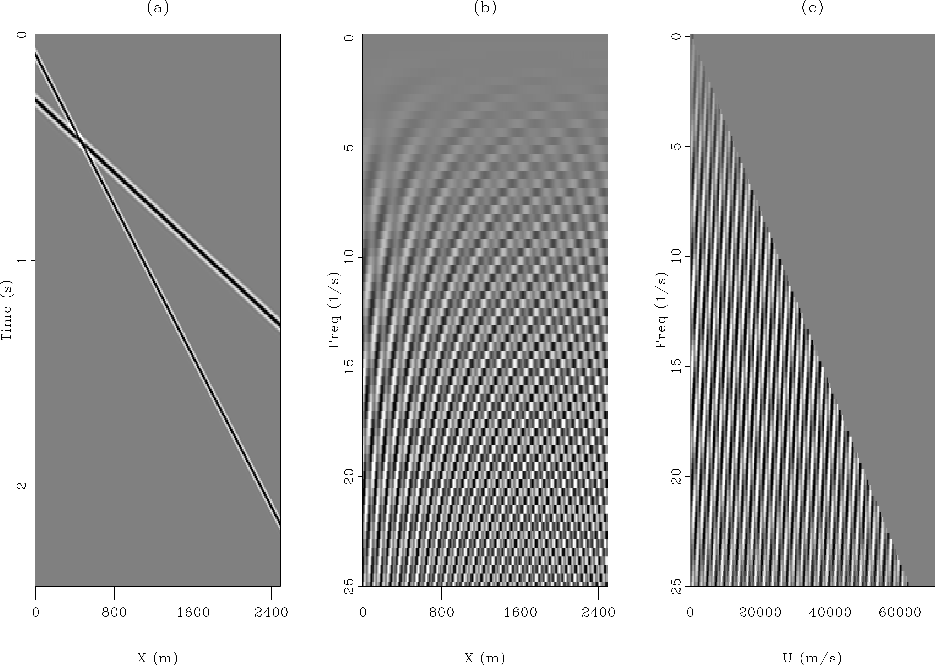
|
|---|
|
comp-tx-fx-fu-synthplane3
Figure 1. Two plane waves in (a) |
|
|

|
|---|
|
comp-tx-fu-pyramid-60-synthplane2
Figure 2. Illustration of transformation artifacts: (a) is |
|
|
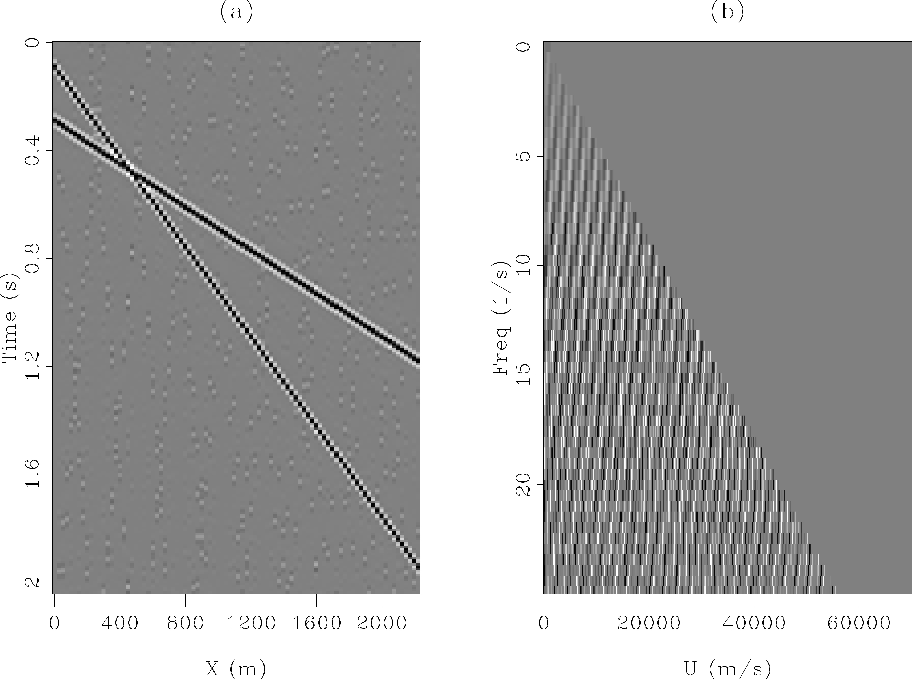
|
|---|
|
comp-tx-fu-pyramid-5-synthplane2
Figure 3. Same as Figure 2 but with a 12 times finer horizontal sampling on the |
|
|
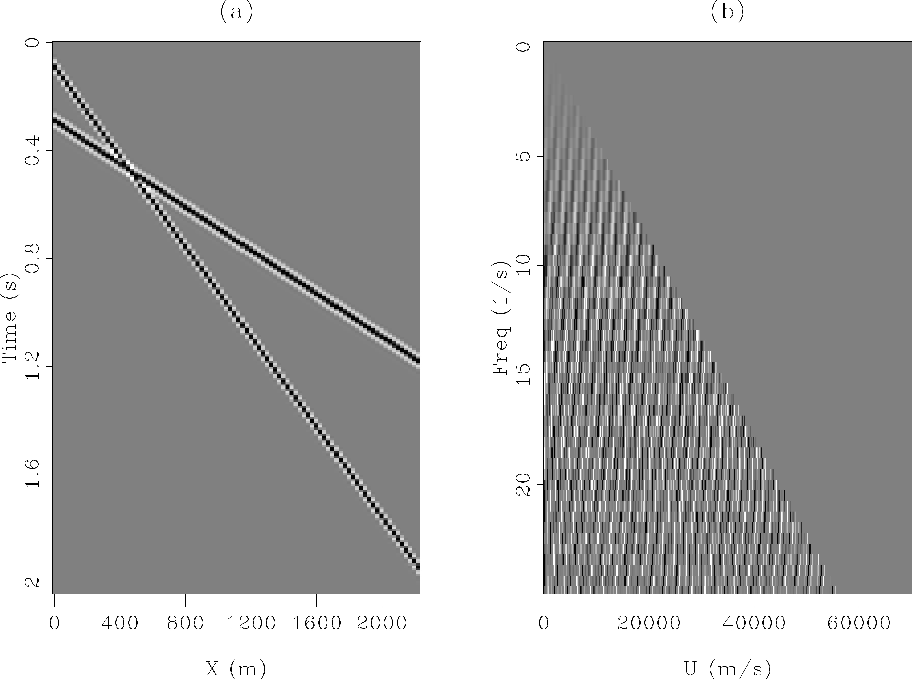
|
|---|
|
comp-tx-fu-pyramid-5iter-synthplane2
Figure 4. Illustration of the iterative process to attenuate the effects of linear interpolation. (a) is |
|
|
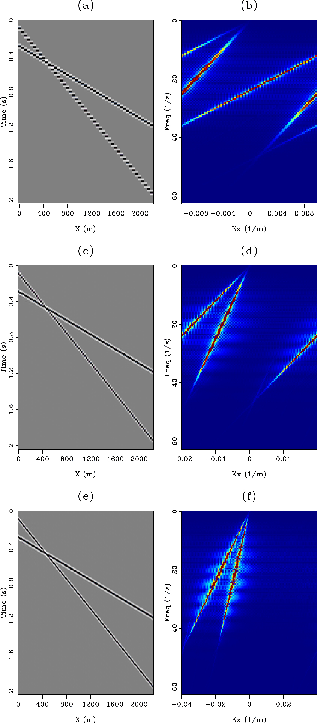
|
|---|
|
aliased-synthetic2
Figure 5. Interpolation results for aliased data: (a) Shows the input data at |
|
|
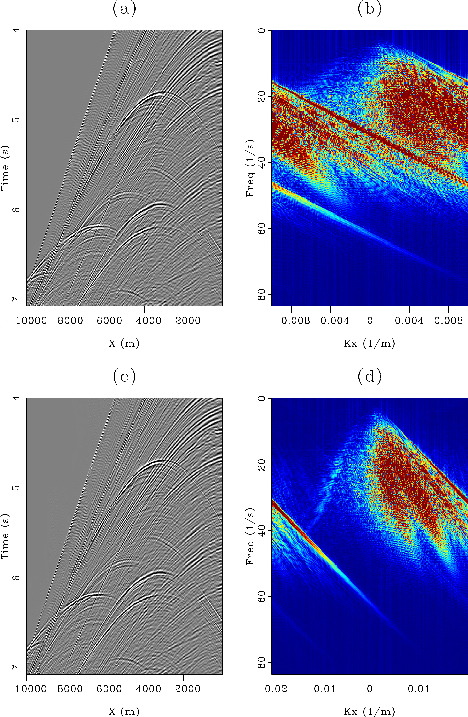
|
|---|
|
aliased-bp
Figure 6. Interpolation results of a realistic synthetic data experiment. (a) Shows the input data on a 50 m grid with its |
|
|
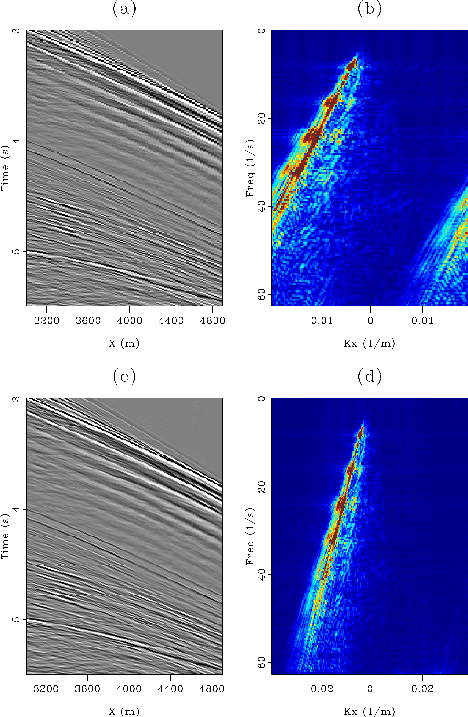
|
|---|
|
aliased-gm
Figure 7. Interpolation results of a shot gather from the Gulf of Mexico. (a) Shows a close-up of the input data on a 26 m grid with its |
|
|
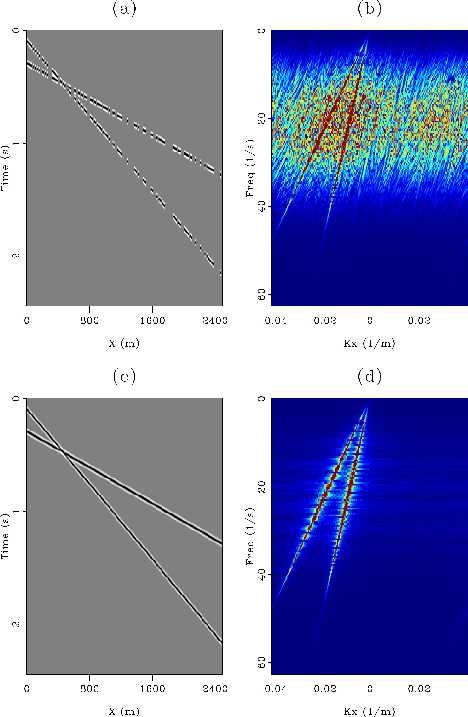
|
|---|
|
irregular-synth
Figure 8. Interpolation of irregularly-sampled data. (a) Shows the input data binned onto a regular grid before interpolation where 50 |
|
|

|
|---|
|
irregular-bp
Figure 9. Interpolation of a synthetic shot gather with irregular sampling. (a) Shows the input data binned onto a regular grid before interpolation and its corresponding |
|
|
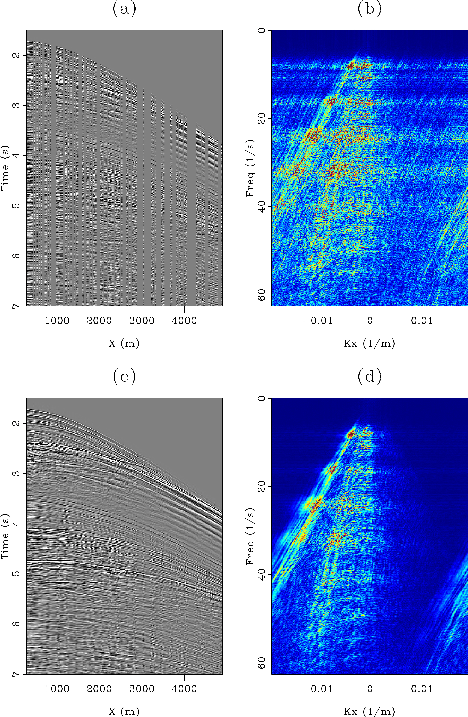
|
|---|
|
irregular-gm
Figure 10. Interpolation of a shot gather from the Gulf of Mexico with irregular sampling. (a) Shows the input data binned onto a regular grid before interpolation and its corresponding |
|
|
|
|
|
|
Theory and practice of interpolation in the pyramid domain |